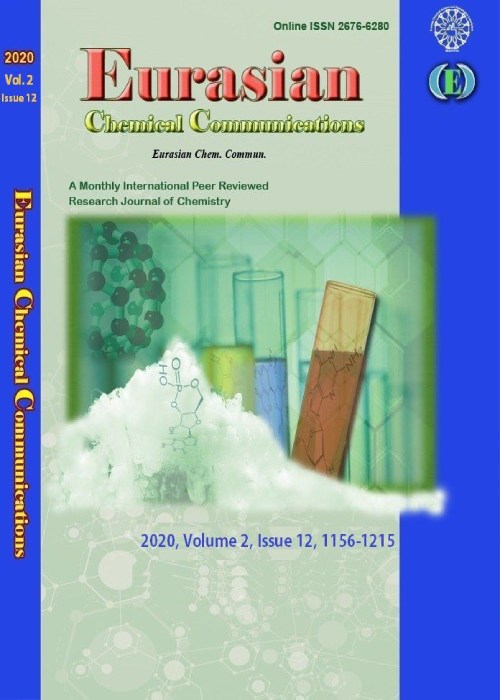In silico molecular docking study from Moringa oleifera and Caesalpinia sappan L. secondary metabolites as antagonist TRPV1
Author(s):
Article Type:
Research/Original Article (دارای رتبه معتبر)
Abstract:
One of the classifications of peripheral neuropathy causes is due to the use of chemotherapeutic agents called chemotherapy-induced peripheral neuropathy (CIPN) conditions. Administration of platinum groups resulted in changes in the expression and function of Transient Receptor Potential Vanilloid type 1 (TRPV1) as well as altered neuronal excitation and propagation of nociceptive sensory signals. Moringa oleifera and Caesalpinia sappan L. are reported for their neuroprotective effect. In this study, we conducted a molecular docking study for 63 secondary metabolites of Moringa oleifera and 27 secondary metabolites of Caesalpinia sappan L. using an in silico approach targeting TRPV1 (PDB ID: 5IS0) using AutoDockVina software. ADMET characteristics were predicted using the SwissADME and pkCSM Online Tool. This study found that the binding energy of the six metabolites of Moringa oleifera (quercetin, ellagic acid, lutein, luteolin, rhamnetin, and 3-O-beta-D-Glucopyranosyl sitosterol) and three metabolites of Caesalpinia sappan L. (ombuin, phanginin I, and phanginin J) lower than native ligand through TRPV1 protein. This compounds are potential to be developed as a candidate for antagonist TRPV1. Furthermore, this study became basic data for developing TRPV1 antagonist-targeted therapy, especially in CIPN conditions.
Keywords:
Language:
English
Published:
Eurasian Chemical Communications, Volume:5 Issue: 10, Oct 2023
Pages:
885 to 894
https://magiran.com/p2628690


